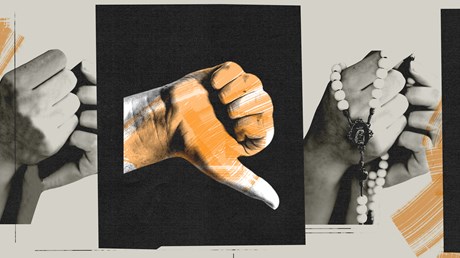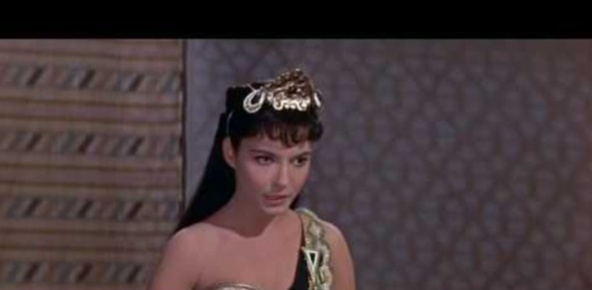As a new history of high-profile converts illustrates, those who find (or change) faith can’t opt out of being seen.

When I was a child, our church had a children’s choir for a special event one year. I don’t like being up front and having everyone look at me, so I got permission to sit it out, even though all my siblings were participating.
When the special day came, every child in the church got up and went to the stage. They all turned around. And looked straight at me. I was the only one not in the choir, and I might as well have had a spotlight on my face.
I kept thinking about that memory as I read Rebecca L. Davis’s fascinating new book, Public Confessions: The Religious Conversions That Changed American Politics. She tells the stories of people finding faith, changing faith, and going through the incredibly personal process of experiencing something transcendent and declaring themselves different.
Again and again, the converted Americans in her narrative discover what I discovered the day of the children’s choir: You can’t opt out of being seen. Even personal decisions are, in part, public. This is especially true when the individual act goes against the public—in the opposite direction from the crowd.
Limits to reinvention
Davis shows that during the Cold War, a number of notable conversions provoked fierce, even frenzied public controversy. In the process, she writes, “claims of religious authenticity” moved “to the center of American political debates.” When minor and major celebrities, including writers, entertainers, athletes, and politicians, went through religious transformations, “their stories played upon the stage of public imagination,” raising questions “of whether and how different kinds of faith variously anchored or undermined American freedoms.” ...
from Christianity Today Magazine
Umn ministry




.gif)

.gif)
.gif)
